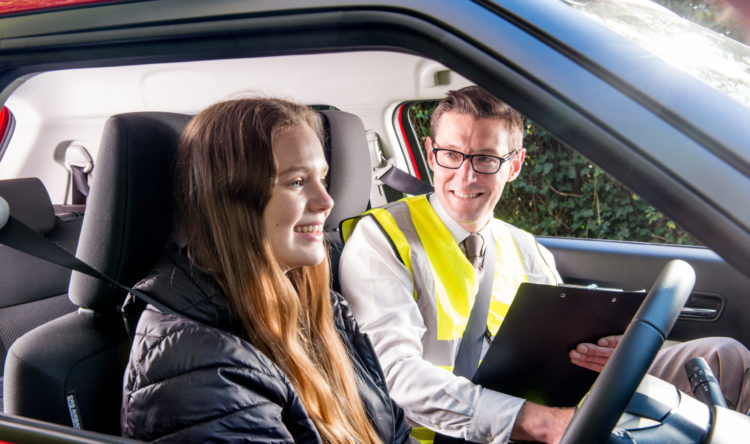Junction observation biggest reason for test failure
Latest government stats released around driving test failures
New government data shows observation at junctions was the number one reason for failing a car driving test this year.
The annual figures released by the DVSA found learners were most likely to be caught out on issues with mirrors, junctions and responding to signals like traffic lights and signs.
Junctions and mirrors have remained the top two reasons for test failures for the past five years. However, in 2019/20 faults for steering, reverse parking and moving off safely all ranked higher than this year’s data.
Top ten failures
The top 10 reasons for failing a driving test in 2020/21 were:
- Junctions (observation)
- Mirrors (change direction)
- Junctions (turning right)
- Response to signals (traffic lights)
- Control (steering)
- Response to signals (traffic signs)
- Response to signals (road markings)
- Move off (safely)
- Positioning (normal driving)
- Move off (control)
How would you do now?
The AA Driving School has also polled qualified drivers on which parts of a practical test they would find most difficult. The survey found that parking remains a big issue for fully licensed drivers. One in five felt parallel parking, also known as reverse parking, would be their biggest worry when demonstrating driving skills.
Drivers were asked if they had to re-take the driving test, which skills or manoeuvres they would find the most difficult. Basic concerns are of course exacerbated when under pressure. If you have an examiner in the seat beside you it tends to increase nervous stress and anxiety, and failures
Top five challenges
The top five most challenging parts of the test were:
- Reverse park / parallel park 21%
- Reverse around a corner 11%
- Drive at appropriate speed 8%
- Park in a bay 3%
- Observation 3%
One third of women said they would find parallel parking the hardest part of a driving test (32%). This compares to just 16% of men. However, men were more likely to say they would find driving at an appropriate speed more difficult (10% men vs 5% women).
Lockdown hangover
AA Driving School’s Interim Managing Director, Robert Cowell, believes the high demand for driving tests post-lockdown has raised the bar yet further. “Driving test slots are like gold dust right now due to an ever-growing backlog. As a result, learners may risk attempting a practical test before they’re ready rather than face an extended wait and fail on these common test faults.
While observation and mirror skills sound simple, they “don’t come naturally to everyone”. In fact ‘Failure to look properly’ remains the most common cause of crashes in the UK.
“The last 18 months have created more pressures in all aspects of young people’s lives and restrictions on learning to drive have added to this.”
The official data table showing the top 10 reasons for failing the car driving test since April 2006 can be found here.






